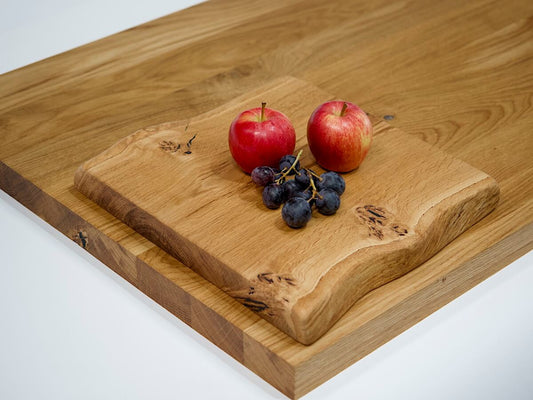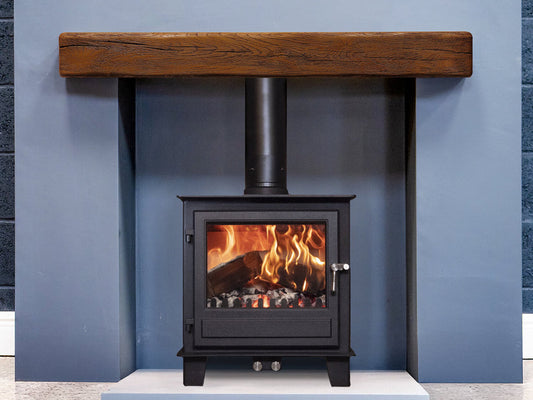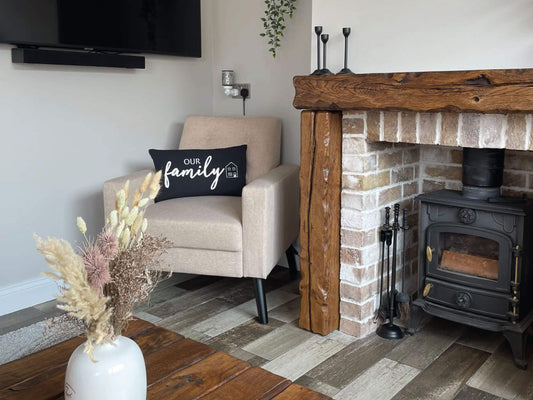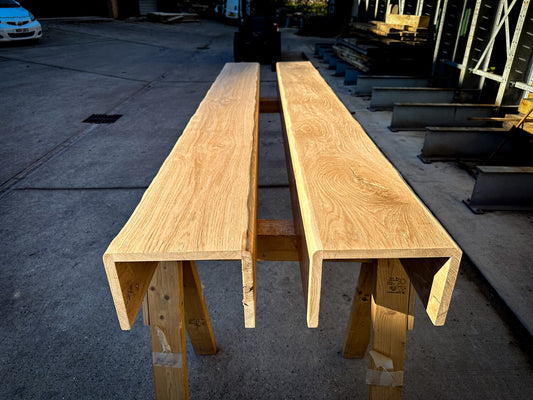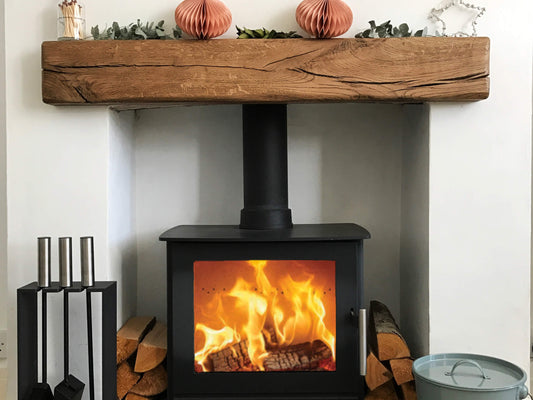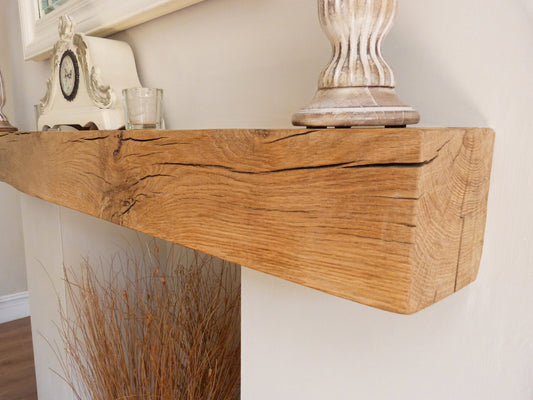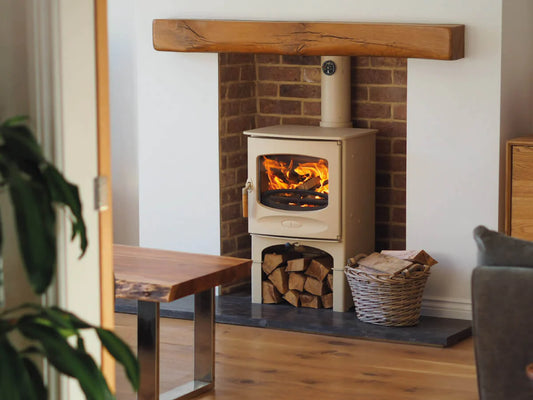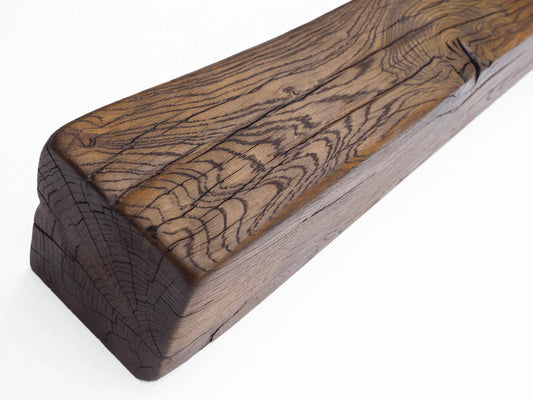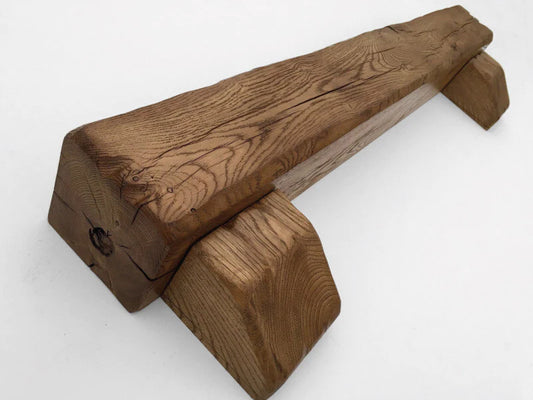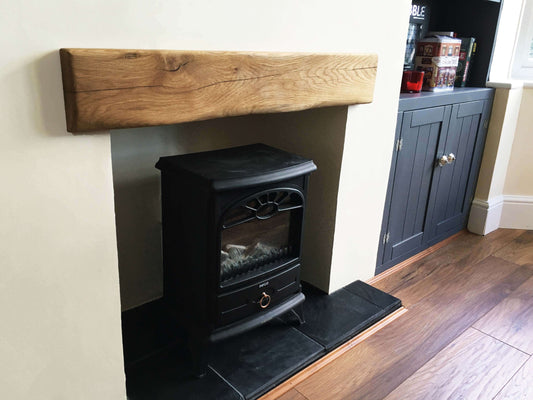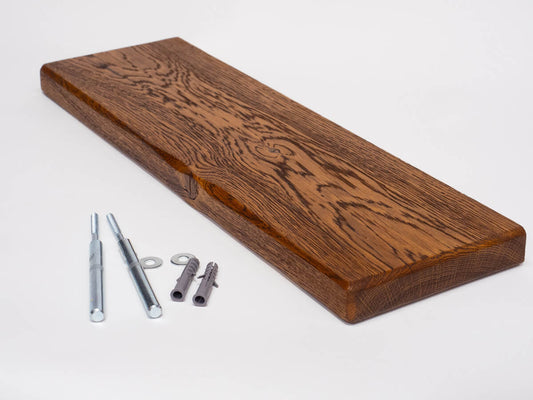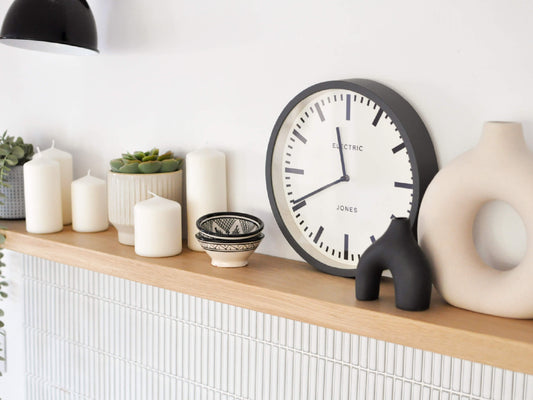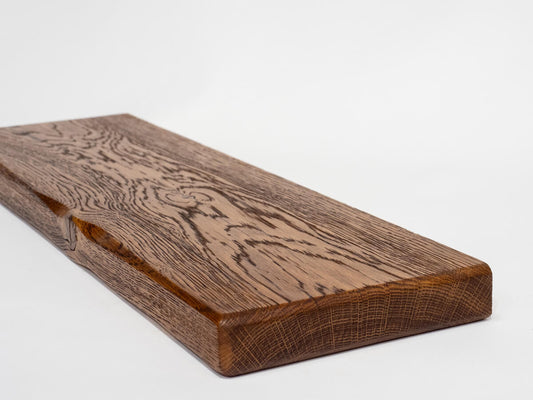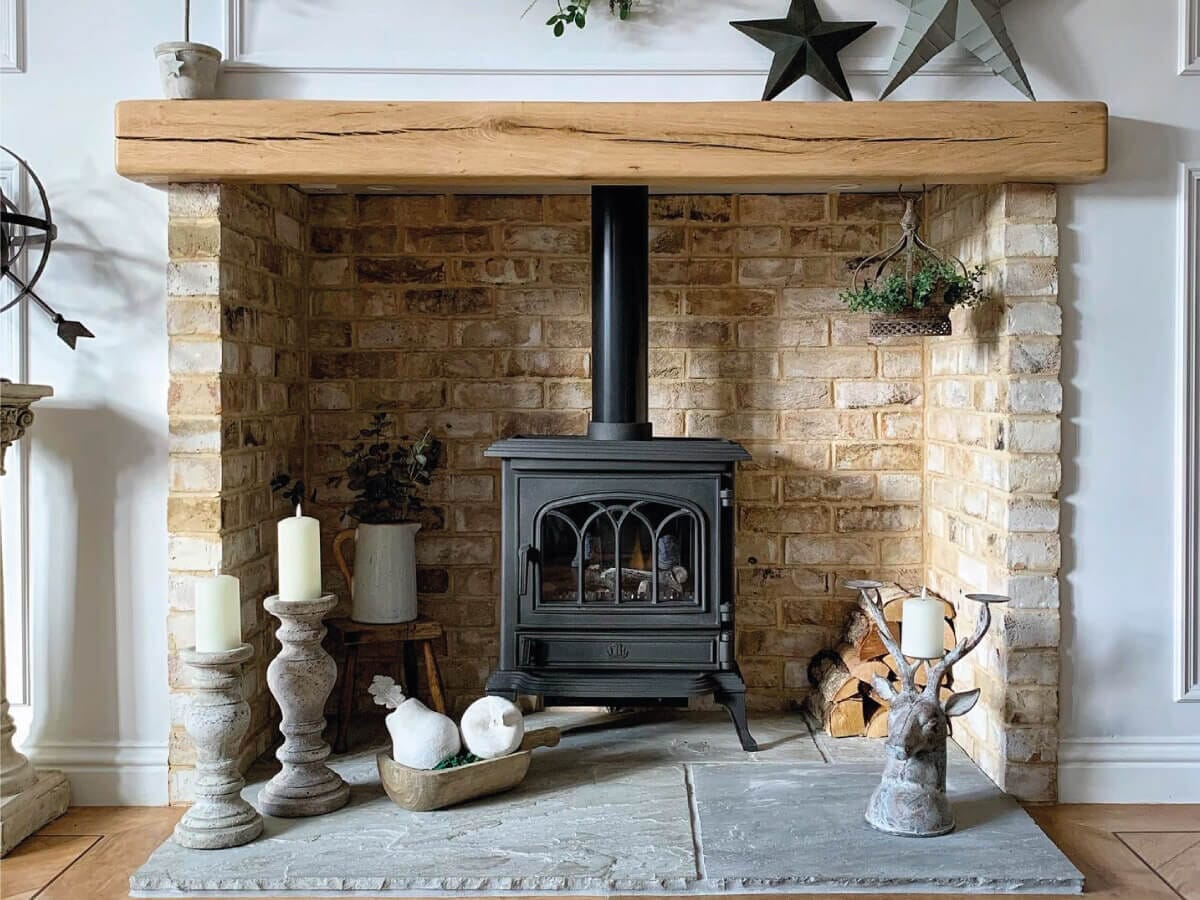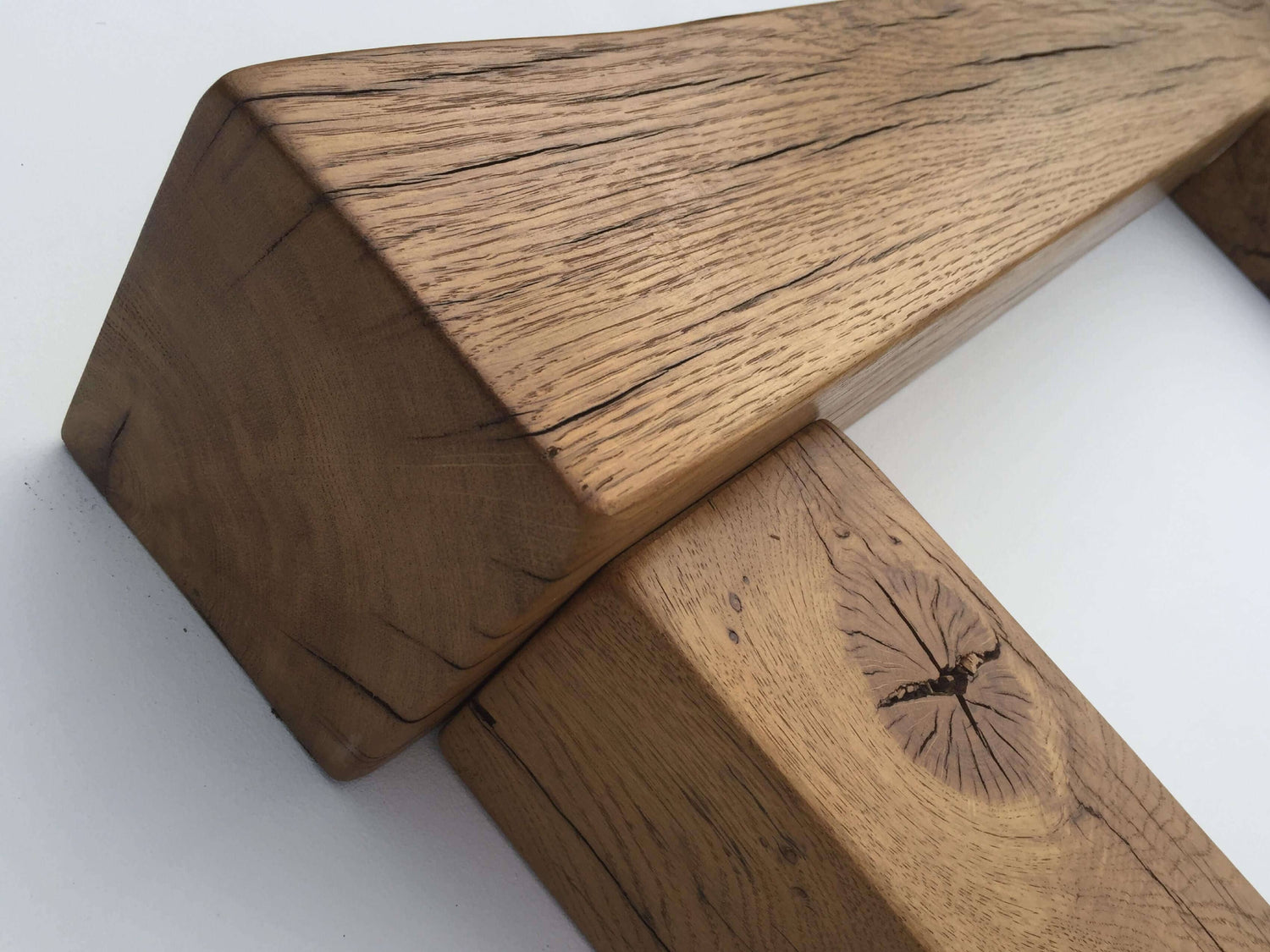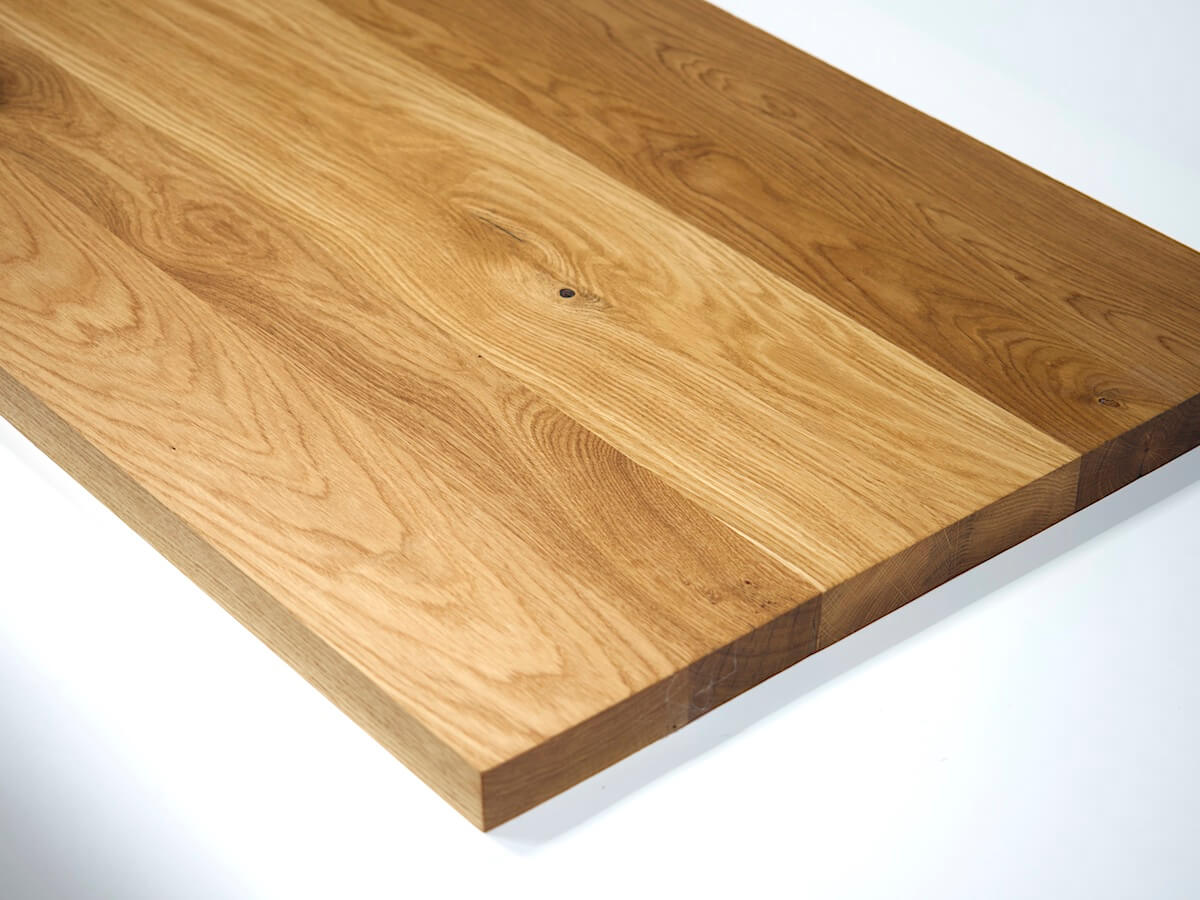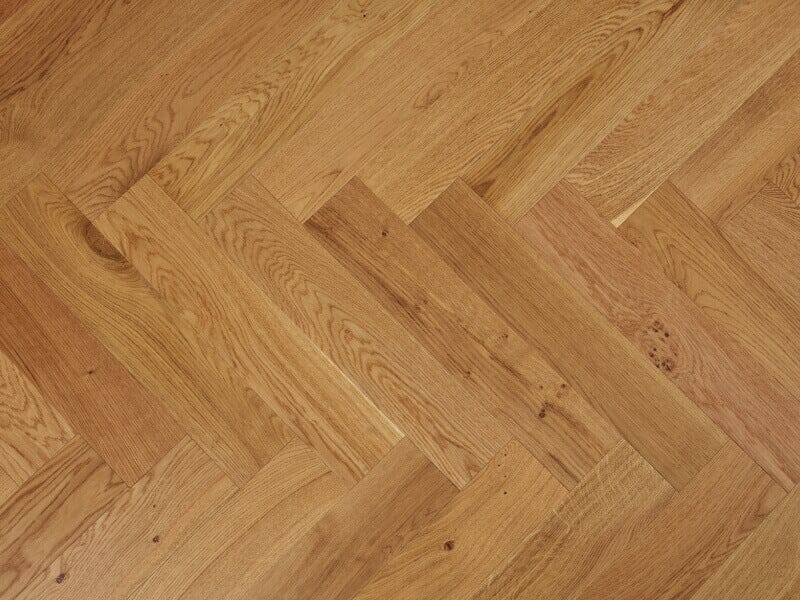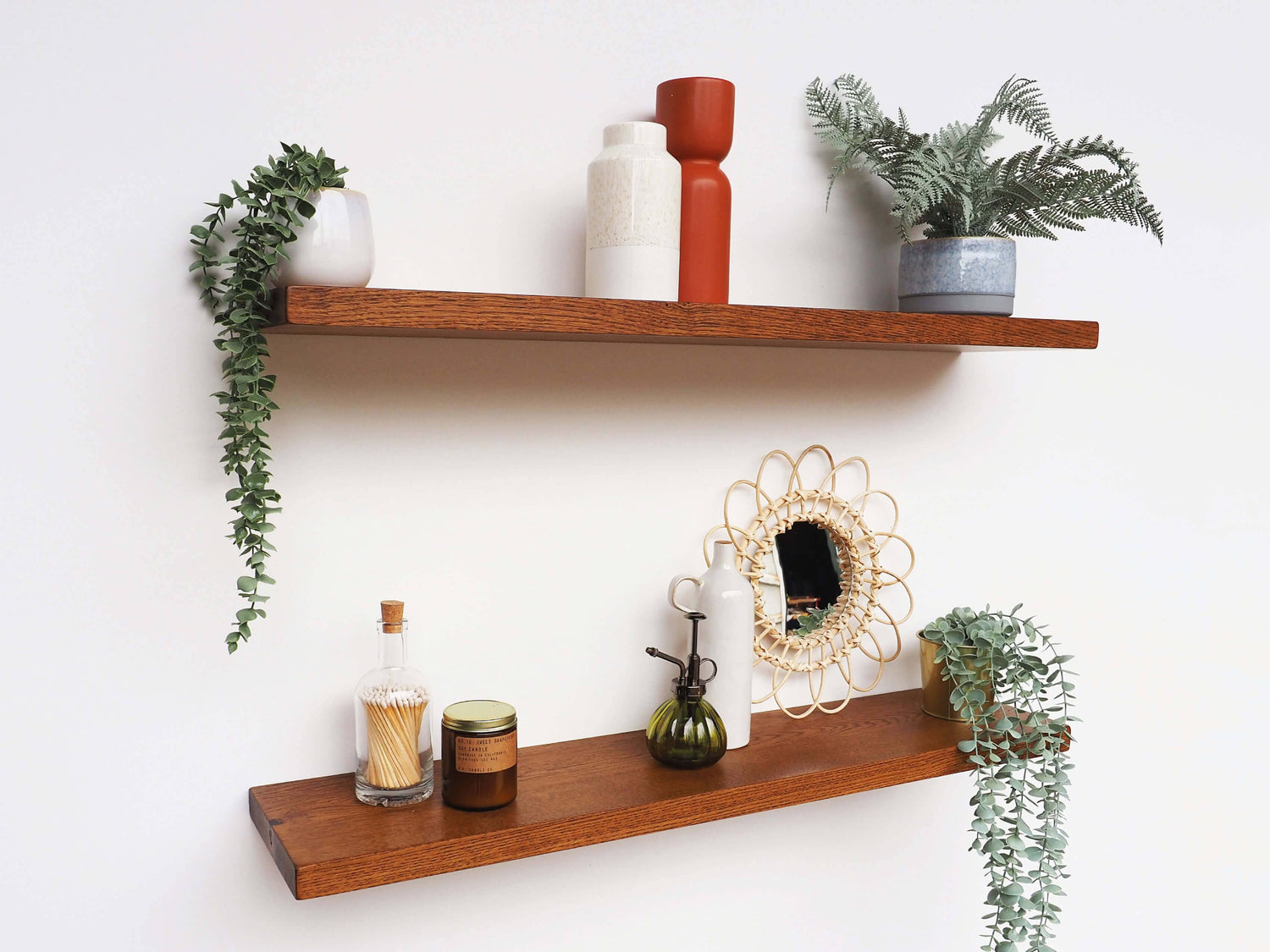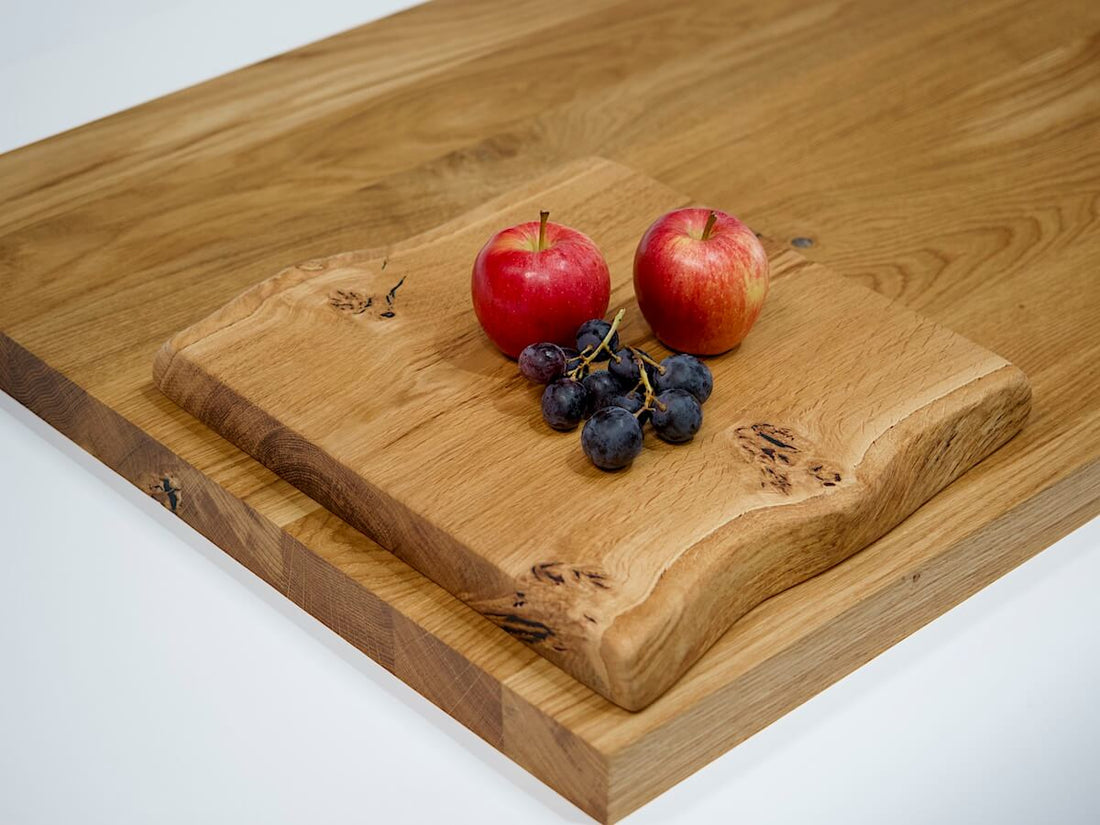
A Guide to Oak Worktop Maintenance
Share
An oak worktop is a common choice for many households. Not only are these worktops incredibly tough and durable, but they also look especially stylish. That said, oak worktops need ongoing care and maintenance to keep them looking as good as the day they arrived.
While this can be a big commitment, it shouldn’t put you off the idea of having an oak worktop for yourself.
In this guide, we explain all there is to know about oak worktop maintenance, from cleaning to sanding and oiling.
How Often Should You Maintain an Oak Worktop?
Accidents are bound to happen during everyday kitchen activities like chopping meat and veg or putting the finishing touches to your meals. So, ideally, an oak worktop should be cleaned after every use, most days of the week.
Wood is a porous, absorbent material. While it won’t expand with little drops of water like MDF, it is still best to wipe away spills as quickly as possible to prevent them from seeping throughout the worktop as time passes.
Oiling, on the other hand, should only be needed once every year.
How to Oil an Oak Worktop
Oiling is a key step in maintaining your oak worktop. It’s one of the most effective ways to protect wooden worktops, creating a water-resistant barrier between the outside world and the porous wood surface. Not only this, but oils can also be used to slightly alter the appearance of a worktop if desired.
While oiling a worktop can sound intimidating, especially if you’re coming from a laminated surface, the process is actually quite simple. If you purchased your worktop unfinished, we recommend using Rubio Monocoat Oil Plus 2C in your chosen colour with the accelerator (included with 130ml+ bottles of Oil Plus 2C) for the initial coat. For ongoing maintenance, use Rubio Monocoat Universal Maintenance Oil.
Step 1: Wipe and vacuum the worktop with a dry cloth, wiping down with wood-friendly cleaning spray.
Step 2: Wait until dry.
Step 3: Mix Oil Plus 2C with the Accelerator.
Step 4: Spread the oil across the rest of the worktop with a beige or red Monocoat Scrubby pad.
Step 5: Allow the oil to absorb for a few minutes, wiping away the excess with a cloth or a white Monocoat Scrubby Pad.
Do I Need to Sand a Worktop Before Oiling?
Whether you need to sand your worktop will largely depend on the type of finish that you choose. If you choose an unfinished worktop, for example, it is recommended to sand both sides of it with 80-grit sandpaper to remove marks, before finishing with 120-grit.
With a finished worktop, the hard work has already been done. All that’s needed on these is the occasional top-up of oil following the steps above.
If you have an unfinished worktop, you can sand it properly following these steps:
Step 1: Wipe off excess dust and ensure the worktop is dry before sanding.
Step 2: In straight, forward and back motions, sand the worktop going with the direction of the grain, starting with 80-grit.
Step 3: Once the whole surface has been evenly sanded, swap to 120-grit sandpaper to continue.
How to Clean Wood Worktops

Like most work surfaces, an oak worktop can be cleaned with an all-surface cleanser. However, we recommend Rubio Monocoat All Natural Wood Cleaner Spray. This wood-specific cleanser has been designed to keep surfaces free of dirt and debris, without impacting the wood’s natural beauty.
Simply spray the cleanser directly onto the worktop, and spread it across the whole surface in circular motions using a clean, dry cloth. To avoid streaks and marks, consider using another dry cloth to go over the surface.
For grease stains, an all-purpose cleaner won’t suffice. If you’ve protected and treated your worktop, you’ll need to use a grease-focused cleanser like Rubio Monocoat Grease Remover. This can be applied on top of grease spots to get rid of them and remove any stains in the process.
Step-by-Step Worktop Maintenance
To make the process even easier, we’ve distilled our maintenance advice into a few steps:
Step 1: Remove all dust from the worktop.
Step 2: Spray All Natural Wood Cleaner Spray to the surface of the worktop.
Step 3: Rub the cleaner spray into the surface with a microfibre cloth and let the surface dry.
Step 4: Take the Universal Maintenance Oil and add the Oil Plus 2C component in the same colour as the surface was treated before. Mix thoroughly.
Note: The correct ratio is three parts Universal Maintenance Oil to one part Oil Plus 2C.
Step 5: Apply a small amount of oil with a brush Apply a small amount of oil with a brush
and afterwards spread out with a red Rubio Monocoat Scrubby pad. Preferably work in areas of 2 to 4 m² (areas which you can finish within ± 15 minutes, including the next step).
Step 6: Allow to absorb for a few minutes and massage the oil into the wood with a white Rubio Monocoat Scrubby Pad.
Step 7: Wipe away all excess oil with a Rubio Monocoat Oil Removal Cloth, until the surface looks even.
How to Look After Wooden Worktops
So, your worktop has been cleaned, sanded, and oiled. Job done, right? Not quite! To keep your oak worktop looking as good as it does, make sure you follow these top tips:
Avoid Direct Placement: While an oak worktop is durable, frequently placing hot pans or kettles onto it can cause burn marks, which are incredibly tricky to remove. Instead, we recommend using chopping boards and heat-resistant guards. These will keep the worktop free from blemishes for many years of use.
Keep Moisture Away: The occasional spill is unavoidable in the kitchen. Whether you’re making a cup of tea or boiling pasta, accidents happen. However, when they do, make sure you wipe them up as quickly as possible. Allowing water to pool in one area for a prolonged period can cause staining.
Test Your Work: If you want to be certain that your worktop is protected, you can try pouring a small amount of water on top of it. If the water quickly seeps into the wood, you need more oil.
Wooden Worktops Made with Care
Has the time finally come for you to move to a real wood worktop? If you’re thinking of changing up your kitchen, a new worktop can breathe fresh life while creating a cosy, inviting atmosphere. Browse our oak worktops, available in a variety of pre-cut sizes, finishes, and designs.

